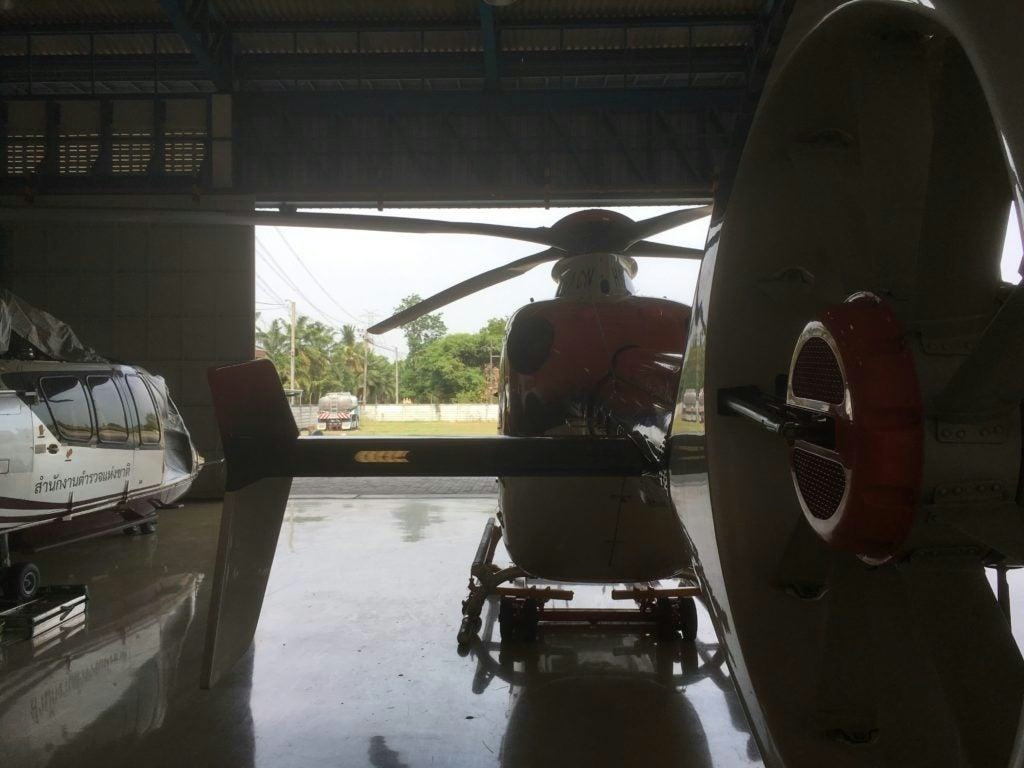
AeroGenie — 您的智能副驾驶。
热门趋势
Categories
Aviation Advances at the Innovation Center
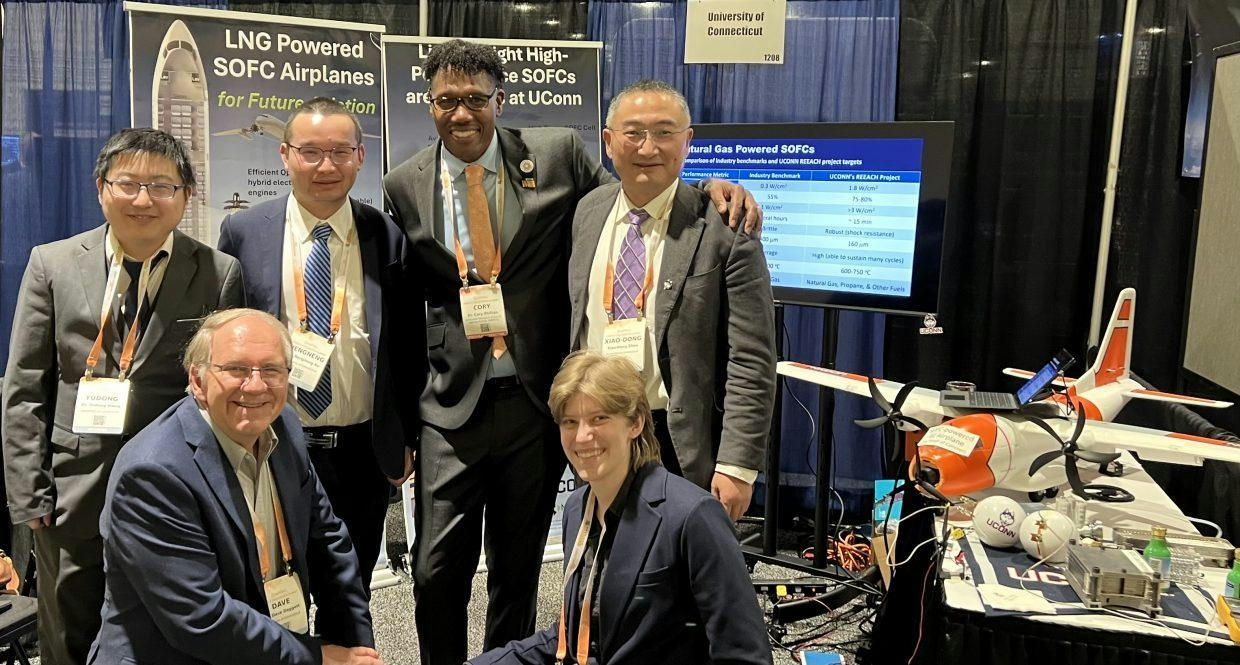
Aviation Advances at the Innovation Center
Williamson County Schools (WCS) is set to launch a new Innovation Center in August 2026, offering students with an interest in aviation unprecedented opportunities to prepare for careers in one of Tennessee’s fastest-growing sectors. The center is designed to provide a comprehensive pathway into high-demand roles spanning flight, engineering, and travel, aligning with the state’s expanding aviation industry.
Preparing Students for a Dynamic Industry
The Innovation Center will integrate College, Career and Technical Education (CCTE) programs alongside dual enrollment options that adhere to Tennessee Department of Education standards. A key feature of the initiative is a partnership with Hawkins Flight Academy, enabling senior students to attend flight school during the academic day and accumulate valuable flight hours. This hands-on approach aims to equip students with both theoretical knowledge and practical experience, addressing the evolving demands of the aviation workforce.
Kris Schneider, Assistant Director of the Innovation Center, emphasized the significance of the program: “Aviation is one of the most exciting and fast-growing industries in Tennessee. If a student wants to learn about flight, engineering, or travel, the Innovation Center will offer a runway to exciting and high-demand careers.” Currently, a group of students known as aviation explorers convenes monthly at the Entrepreneurship Center for specialized training, fostering early engagement with the field.
Industry Challenges and Educational Response
Despite its growth, the aviation sector faces considerable challenges. Discussions at the World Aviation Festival 2025 in Lisbon underscored issues such as geopolitical uncertainties, the urgent need for decarbonization, and rapid technological advancements. These factors have spurred increased investment in sustainable technologies and encouraged collaboration among industry leaders. Competitors are adopting innovative strategies and technologies, as demonstrated at events like MRO Europe and the MRO Asia-Pacific Awards, to maintain competitiveness in a rapidly changing market.
Workforce development, particularly in maintenance training, remains a critical concern. Industry experts are actively seeking improved methods for training and knowledge transfer to ensure the next generation of aviation professionals is adequately prepared. The Innovation Center’s curriculum is carefully crafted to address these challenges, providing students with foundational skills and practical experience that align with current and future industry needs.
With support from Williamson County Schools, the Tennessee Department of Transportation (TDOT), Hawkins Flight Academy, and the broader aviation community, the Innovation Center aims to position students for success in a sector that offers diverse and promising career paths. Students and parents interested in enrolling in the Innovation Center are encouraged to complete the interest form available through WCS. For further information about the aviation explorers program, contact Kris Schneider directly.
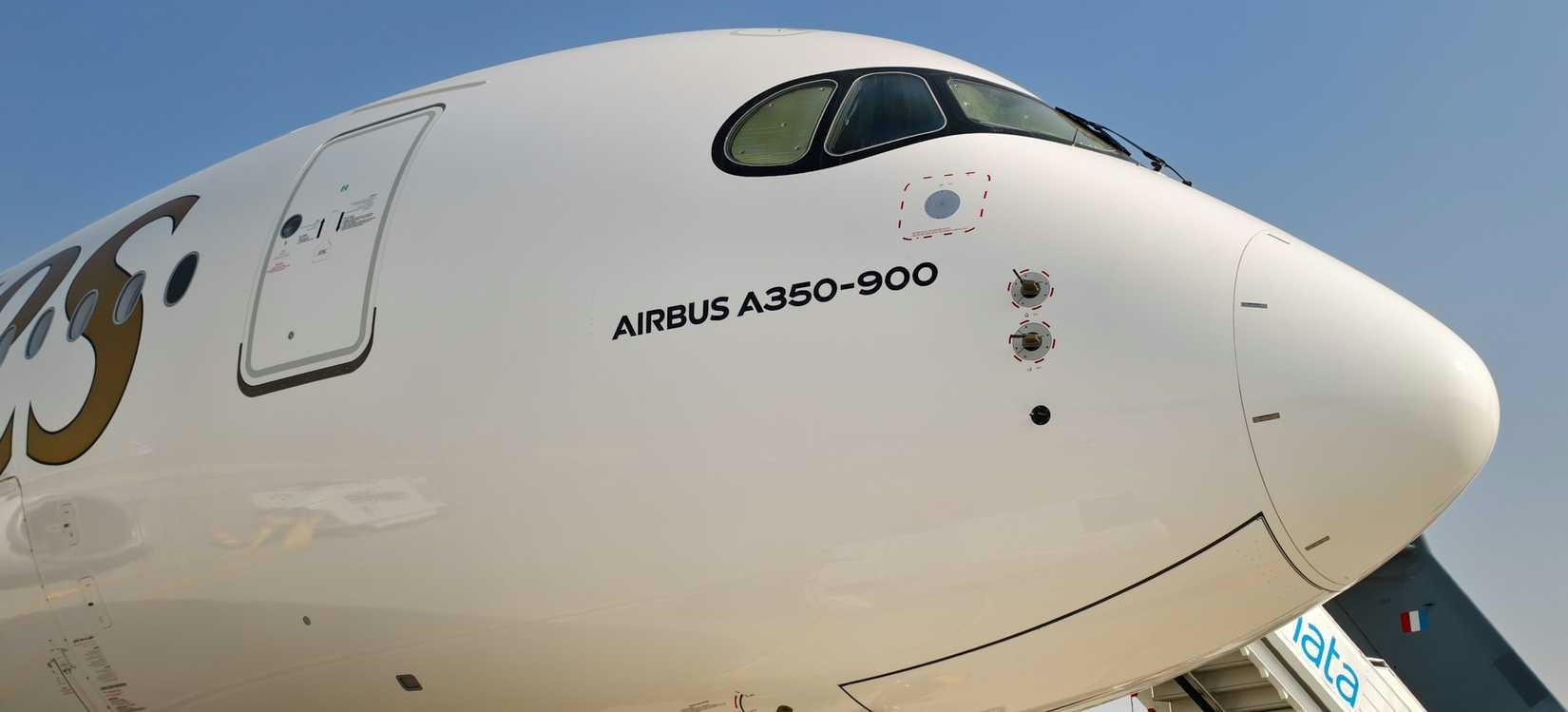
Airline to Operate Fastest-Growing Airbus A350 Fleet in 2025

Largest Aircraft Orders Worldwide in 2025
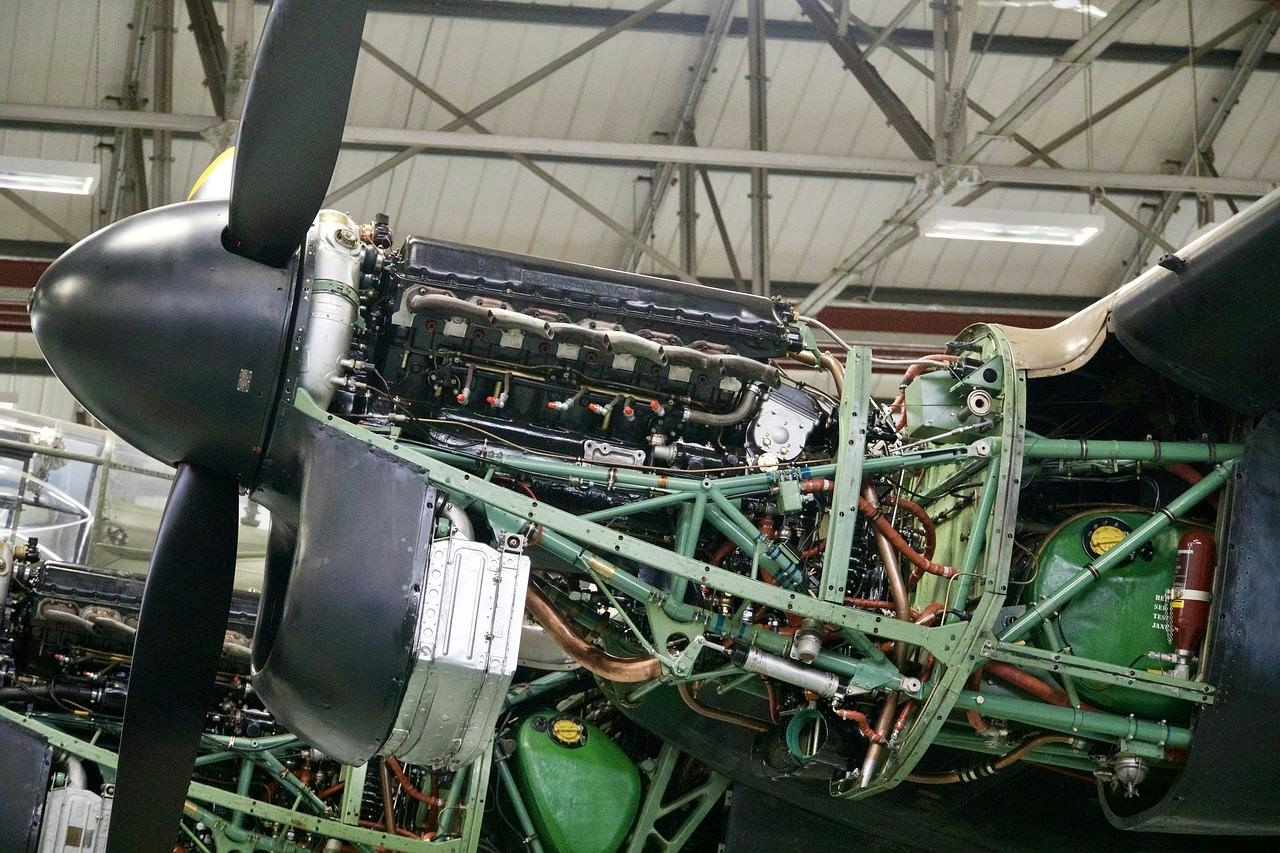
Adani Group to Enter Engine Maintenance and Aircraft Conversion Sectors

Joby Aviation Positioned to Lead Air Taxi Market by 2026
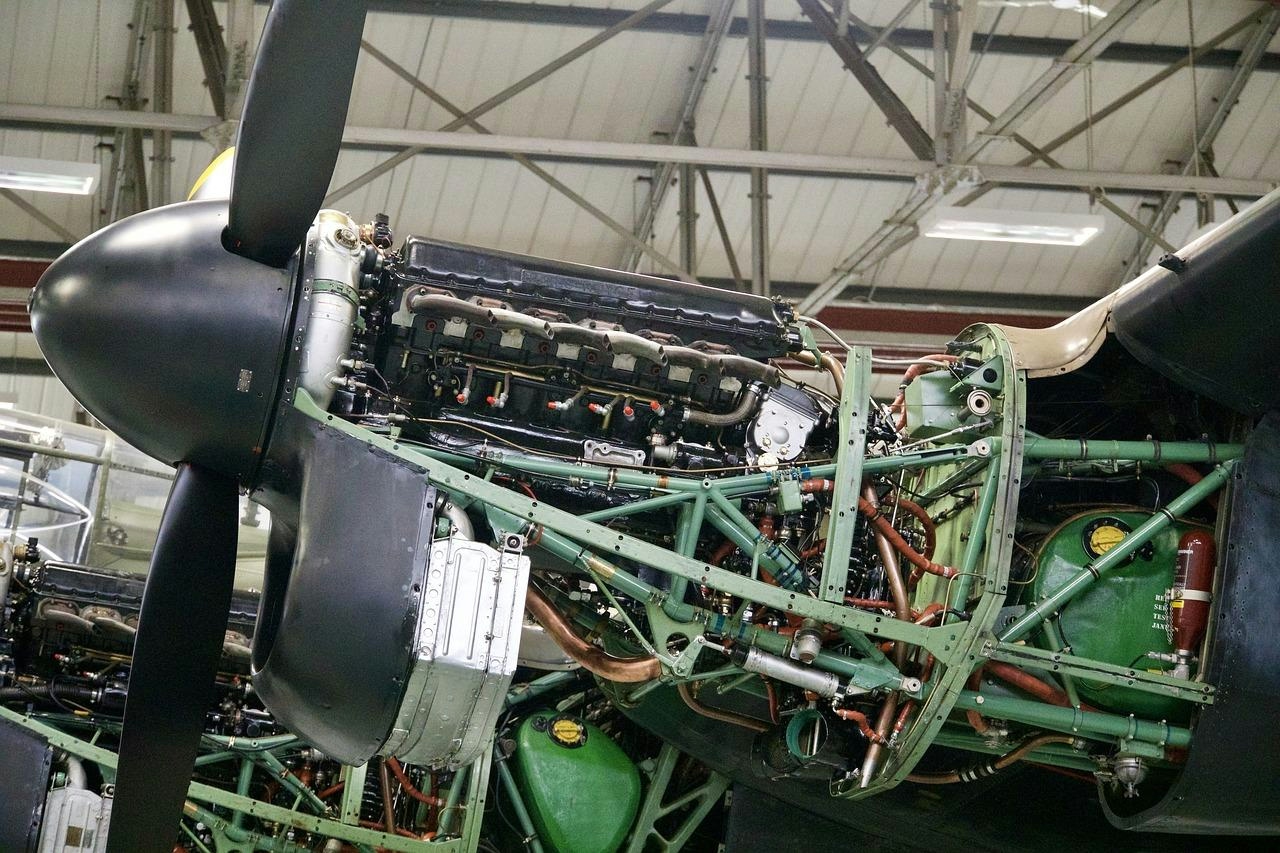
Adani Group Expands into Aircraft Maintenance and Conversion
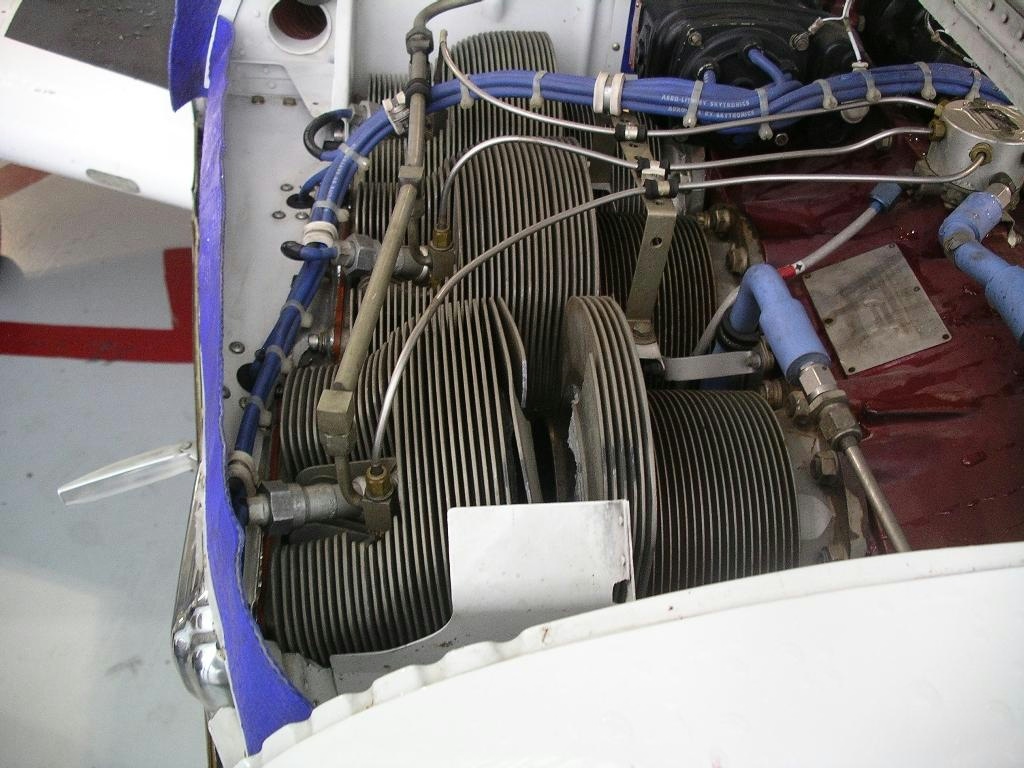
FAA Investigates Shutdowns of Lycoming IO-360 Engines
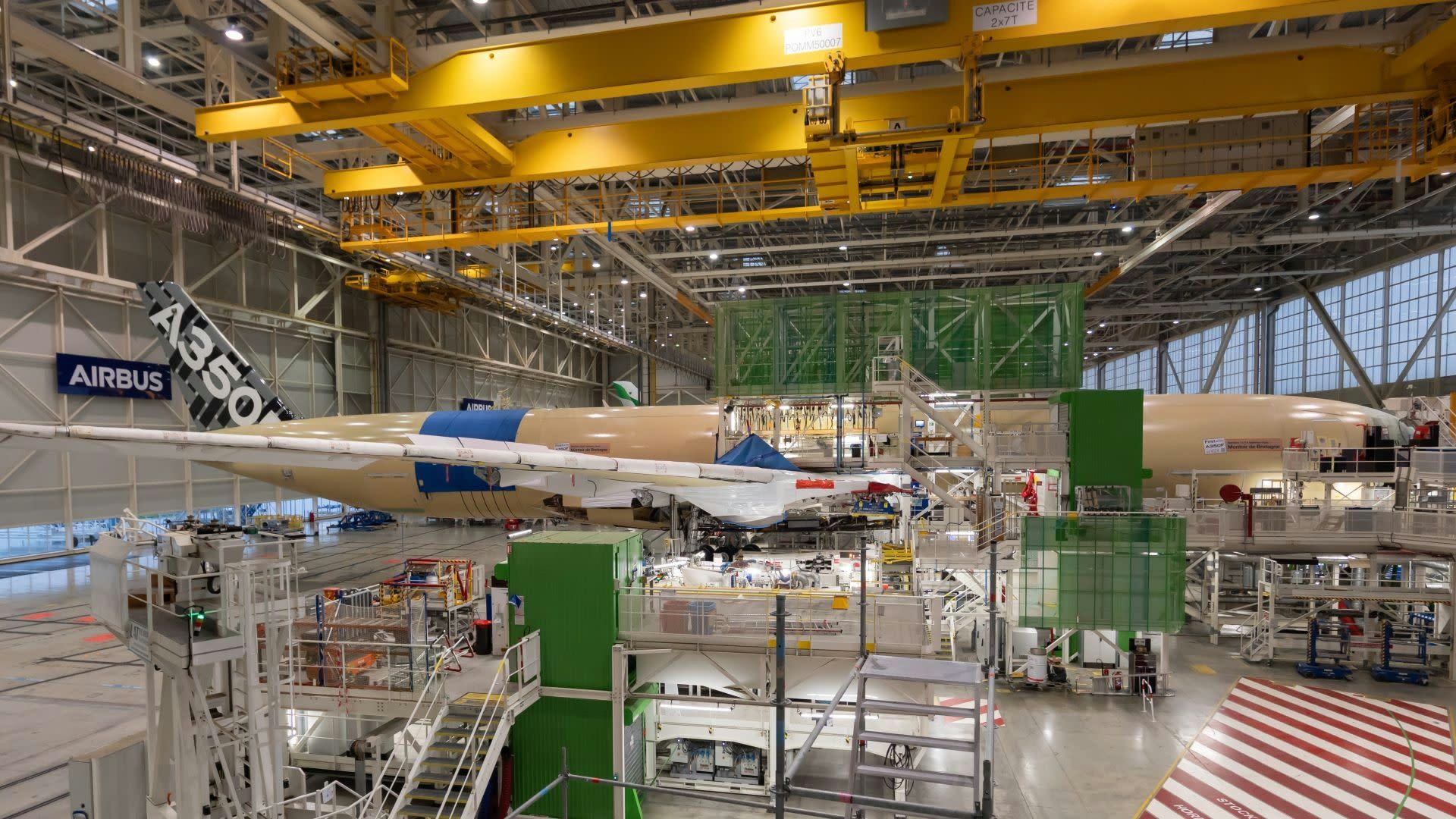
Airbus A350 Freighter Receives Certification
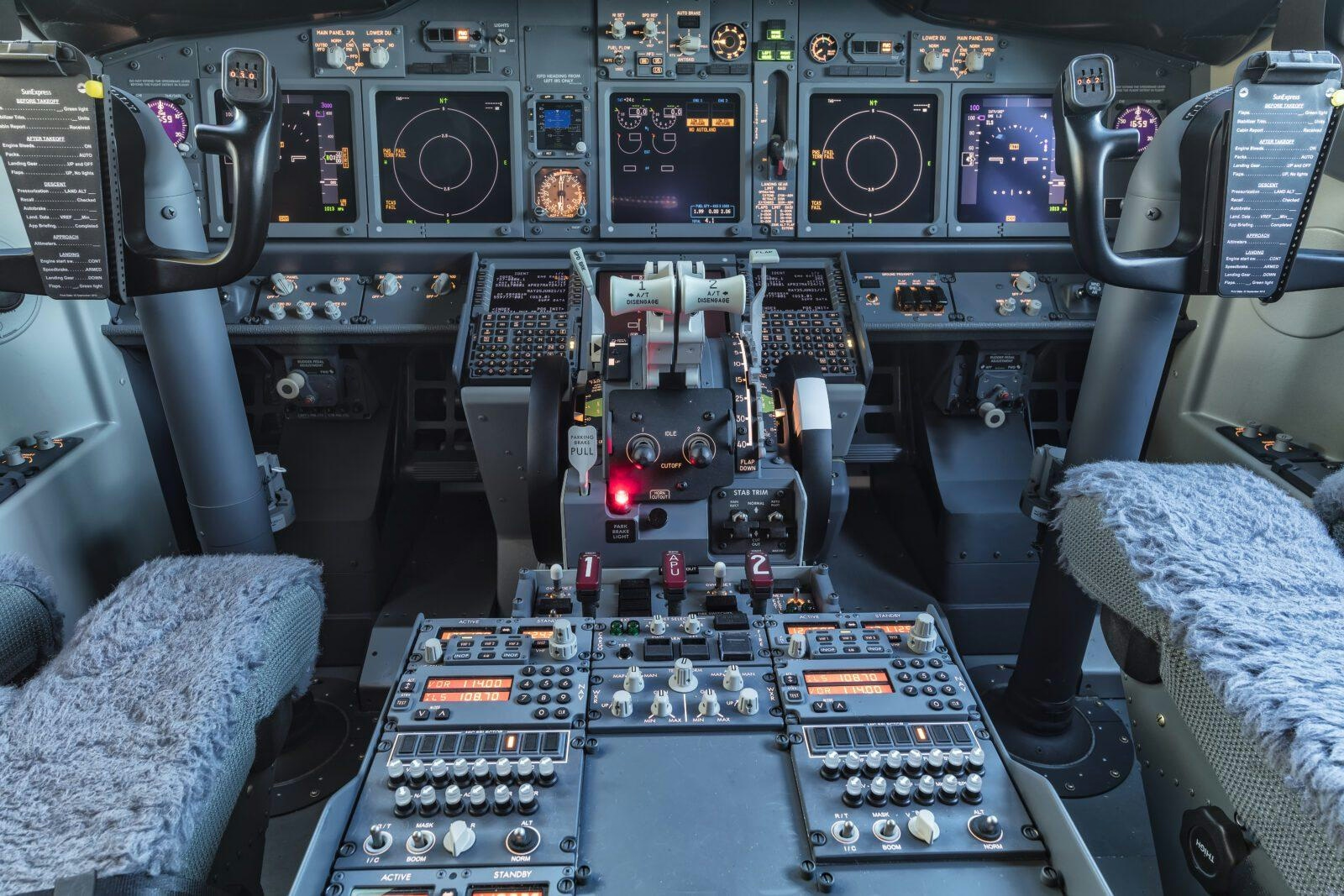
Investigators Examine Theory That Cockpit Sun Visor Caused Boeing 737 Engine Shutdown After Takeoff

Comparing the Fuselage Lengths of the Airbus A350-1000 and Boeing 787-10
